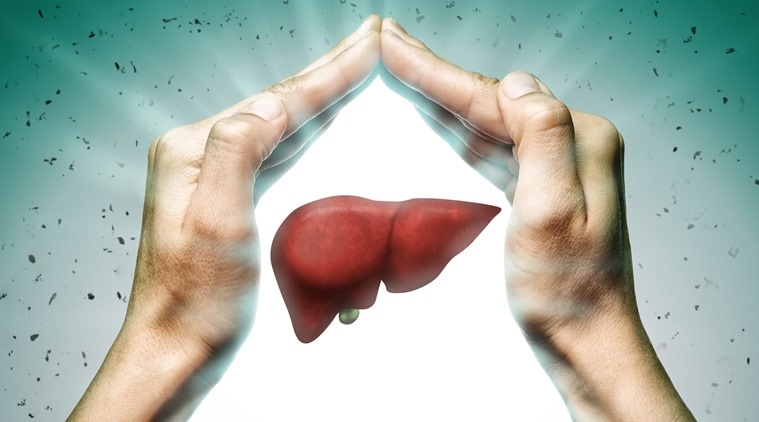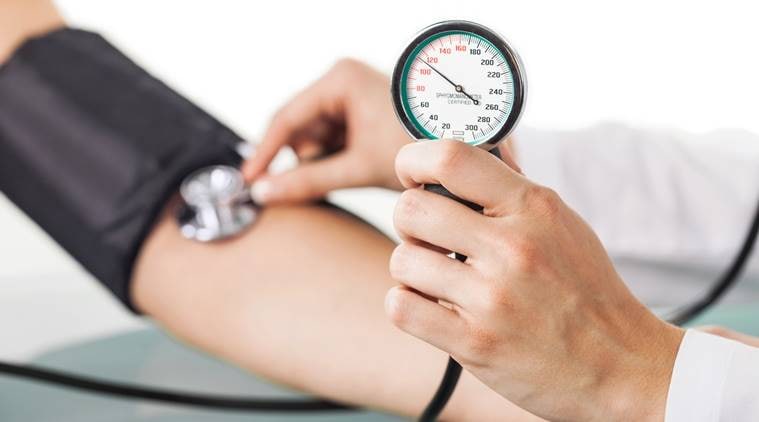Many don’t realise the fact that festival drinking comes tagged with unique health hazards which are different from ill-health to the liver and other organ systems induced on a long-term basis.

Dr Harikumar R Nair
History of alcohol is probably as old as the history of civilisations. Each civilisation, which generally evolved around a river, brewed its own alcohol as well. Russians drank vodka, the Scottish popularised Scotch whiskey, Canadians the ice wine, French relished red wine and Bavarians became great fans of beer. In Mahabharatha, there are mentions of various types of alcohol – popular being ‘Sura’, the rice wine brewed in bamboo shoots. Before the Industrial Revolution, alcohol world over were mostly rice wines or palm wines. Kerala has its own palm wine – the coconut toddy, which has lost its consumer base in the modern era and Indian Made Foreign Liquor (IMFL) has taken over.
While revenue data vis-a-vis festive drinking is widely reported, what mostly goes under reported is the upsurge in hospitalisation, morbidity and mortality associated with binge drinking during festivals.
Alcohol consumption and herd mentality
Binge drinking is the practice of consuming large quantities of alcohol in a single session or over a short span of time, usually defined as five or more drinks at one time for a man, or four or more drinks at one time for a woman. A large proportion of youngsters are binge drinkers; as age progresses, the tendency to binge comes down. Festival drinking is a kind of binge drinking, where herd mentality plays a role. Drinking alcohol for fun or pleasure is a socially reinforced habit — when your peers do it, you tend to copy. This is precisely what festival drinking is all about, where binging and herd mentality amalgamate together.
What is commonly known are the ill-effects of alcohol on various organs, especially the liver, when consumed on a long-term basis. Many, however, don’t realise the fact that festival drinking comes tagged with unique health hazards, which are different from ill-health to the liver and other organ systems induced on a long-term basis. Overindulging in alcohol during festivals in sunny tropics can lead to serious health, social and legal consequences. Keep these dangers in mind and keep yourself (and those with you) safe.
How does our body handle alcohol

Once alcohol enters our body, the latter views it as a toxic molecule. Since Ethanol (ethyl alcohol) is not usually involved in normal metabolism, the body will try to expel it. Step-by-step destruction of alcohol molecule happens and a lot of this process, in fact, happens in the liver. Firstly, ethyl alcohol is transformed sequentially into various less toxic molecules — liver enzymes carry out this task. Many after-effects of alcohol, including hangover, is largely contributed by acetaldehyde that is formed by alcohol. Acetaldehyde is later transformed into less toxic acetic acid, which ultimately is broken down into water molecules and carbon dioxide molecules. These are easy to expel. When large amounts of alcohol is ingested, the step-by-step destruction process gets saturated and liver can no longer handle the alcohol and high levels of ethyl alcohol circulate in the bloodstream causing ill-effects in the brain, inebriation and potentially dangerous effects in other organ systems. This is precisely what happens in festival drinking.
Effects of alcohol on various organ systems
It is believed that alcohol is a stimulant. It seems to be one in the beginning, but after the first drink, alcohol causes the slowing of cells in the brain (neurons) and ultimately results in depression. In fact, excess alcohol does the same — slowing down and aberrancy in the functioning of other body systems as well.
The deadly danger – dehydration
Alcohol acts on kidneys and makes you pee a lot (it is a diuretic). In a sunny tropical country like India, especially in the summer season, excessive drinking can result in dangerous levels of dehydration. Associated inebriation makes one neglect dehydration and makes things worse. Dehydration also dulls the senses. Loss of water due to sweat adds to dehydration. Along with water loss, electrolytes like sodium and potassium are also lost, which can be dangerous for the heart. The warning signs of dehydration are dry tongue and mouth, excessive thirst, headache, excessive tiredness, nausea and a throbbing head. Frequent consumption of water during festive drinking is very important. In sunny tropics, a syndrome by the name of hyperthermia can result owing to excessive body heat — a dangerous condition that can lead to heat stroke and even death.

What happens to the liver?
Alcoholic liver disease (ALD) is a spectrum of liver damage inflicted due to excessive consumption of alcohol over a period of time. which generally varies between a decade or more. Longstanding alcohol consumption leads to accumulation of fat in liver, causes liver cells to get swollen (inflammation) and ultimately replacement of liver cells with scar tissue.
ALD, over time, occurs in three stages
1. Alcoholic fatty liver: The first stage of ALD. Protracted – a decade or more, but essentially asymptomatic. Abstinence from alcohol can reverse this stage of fat accumulation.
2. Alcoholic Hepatitis: The second stage, where liver inflammation occurs. This can be catastrophic with a high death rate. Symptomatic alcoholic hepatitis necessitating critical care occurs in heavy drinkers and may present with the following symptoms: Nausea; vomiting; loss of appetite; abdominal tenderness; fatigue and weakness; weight loss; Bleeding tendency
Brain dysfunction
3. Alcoholic liver cirrhosis: As the phase of liver cell swelling progresses, in due course, scar tissue accumulates in the liver, distorts the structure and causes rise in liver pressure (portal hypertension). This eventually results in water logging — accumulation of water inside the abdomen and swelling of legs. Bleeding from veins in the food pipe and stomach, brain dysfunction (Hepatic encephalopathy), loss of muscle mass. Raised liver pressure can cause changes in heart, lung and kidney.
Formation of liver cancer is yet another risk. Once cirrhosis sets in, the most important step to improve survival is total abstinence from alcohol. Medical management in advanced stages of cirrhosis is mostly palliative, managing complications of end-stage liver disease.
In festive drinking, massive amounts of alcohol reach the liver, well beyond its capacity to handle. Alcoholic hepatitis can occur in an exaggerated manner. Those who have already developed cirrhosis will end up with one or other complications, like gastrointestinal bleeding, water-logging or brain dysfunction and rapidly worsening jaundice. A rapid decline in liver function (ACLF-acute on chronic liver failure) has high mortality.
During massive or festival drinking, what does alcohol do to organ systems other than liver?
What happens to the heart?

As mentioned before, owing to dehydration and loss of electrolytes like sodium and potassium, heart rhythm gets affected. The heart rate goes up, with common rhythm disturbance Arial fibrillation setting in. It can result in a cardiac standstill and, if not resuscitated timely, can lead to cardiac death. This is known as “Holiday heart syndrome”. Drinking too much alcohol can raise the levels of some fats in the blood (triglycerides). It can also lead to high blood pressure, heart failure and increased calorie intake. It can also lead to a heart attack. Those who have a silent heart problem can get that unmasked due to rising blood pressure.
What happens to the brain?
Initially, alcohol might seem to be a stimulant, but in due course, neurons are pushed into depression. The extreme situation with excessive festival drinking makes the patient reach a comatose state. Blood pressure can shoot up in excessive drinking and can result in brain stroke and brain haemorrhage. After a few days of continuous drinking, like what happens during festivals and new year, a stage is reached when the person is too dull and tired to drink and he stops drinking for a day or two. There comes out the villain in the form of seizures (fits) – withdrawal fits or popularly known as “rum fits”.
What happens to the lung?
“Aspiration Pneumonia” is a dreaded consequence. In an inebriated state, food materials and digestive juices can gain entry into the lungs and result in inflammation of the lungs. This can either happen after an episode of vomiting or while in deep sleep after excessive drinking, stomach contents can crawl up and enter the lung inlet. The body has natural alert mechanisms to prevent food and digestive juices from entering lung in normal people. Excessive alcoholism and inebriation can blunt these protective responses. The end result is aspiration pneumonia, which might require ICU admission and carries mortality risk as well.
(The author is a senior consultant hepatologist and Liver transplant physician, Global Hospital, Chennai; Kinder Multispecialty Hospital, Kochi)
For all the latest Lifestyle News, download Indian Express App
Source: Read Full Article



